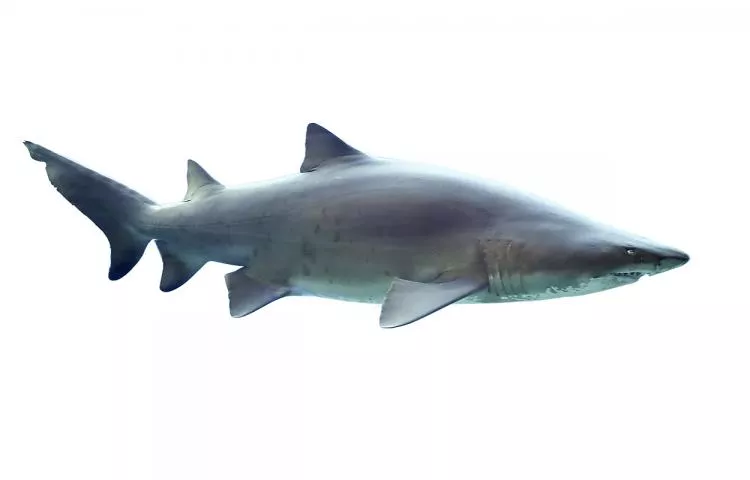Sand tiger sharks have a friendly side
Sand tiger sharks Carcharias taurus, exhibit group behaviour that has historically been associated with higher order mammals.
While many sharks are solitary predators, some are known to live in groups and are suspected of engaging in complex social behaviors. Meanwhile others simply aggregate due to similar habitat, food, or mating requirements.
Using a novel tagging procedure, scientists in the United States, have discovered that some shark species like to spend their time mixing and chilling out together.
University of Delaware researchers collected tens of thousands of interactions between the 300 or so sand tiger sharks, fitted with electronic tags, over the past four years. In some cases, the sharks were found to spend up to 95 consecutive hours together.
Brainy
Sand tigers have high brain to body mass ratios when compared to other Chondrichthyes (cartilaginous fishes) and therefore may have the ability to maintain complex social structures and social behaviors such as coordinated group feeding behaviors similar to those observed in marine mammals.
The University of Delaware project was launched in 2012 with only a modest 20 sand tiger sharks involved at first. Each had an implanted acoustic transceiver fitted to study their movements throughout the year. Initially focusing on two male sharks the devices also recorded details of other animals carrying transmitters that came near the two sharks. These included Atlantic sturgeons, white and sandbar sharks, spiny dogfish and also lemon and bull sharks.
They all met up
The two sand tiger sharks did not always travel together, it was found, but they did reconnect at various times of the year and encountered more than 50% of all the other tagged sand tiger sharks on the east coast of the United States.




























